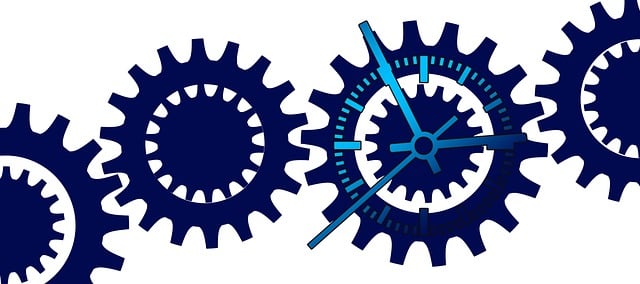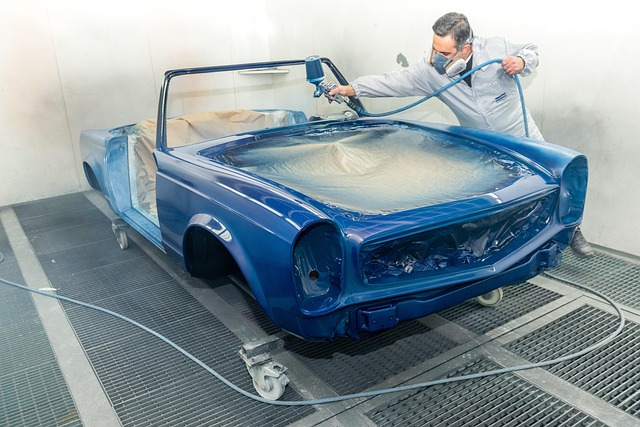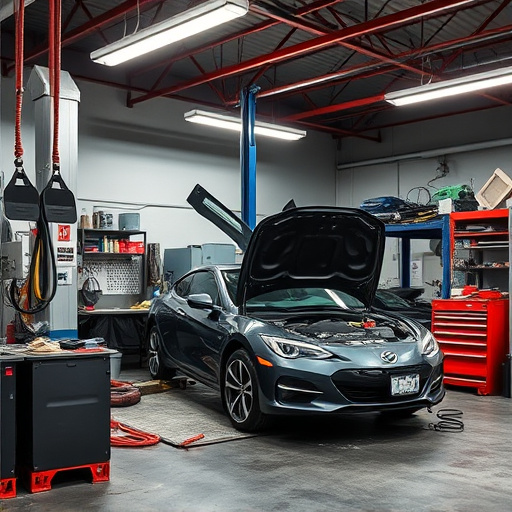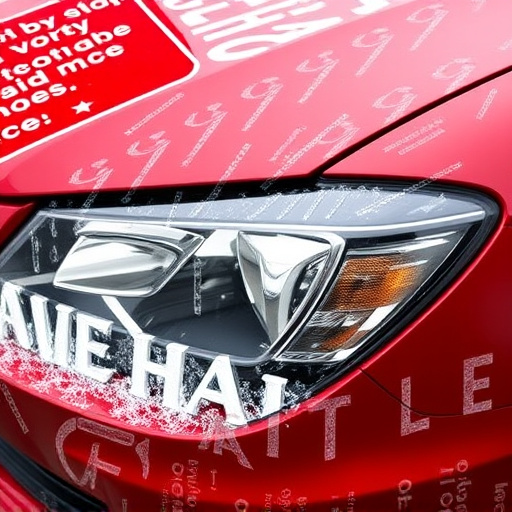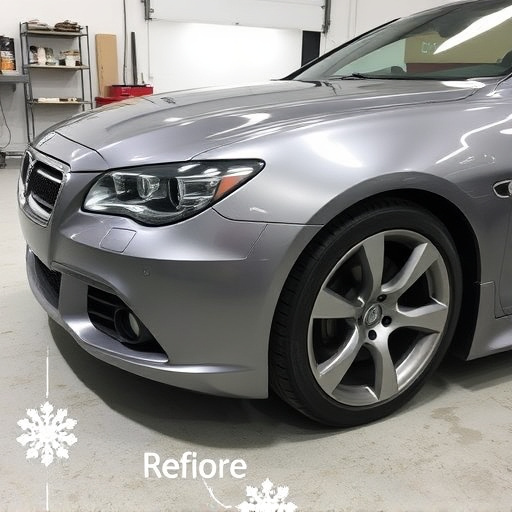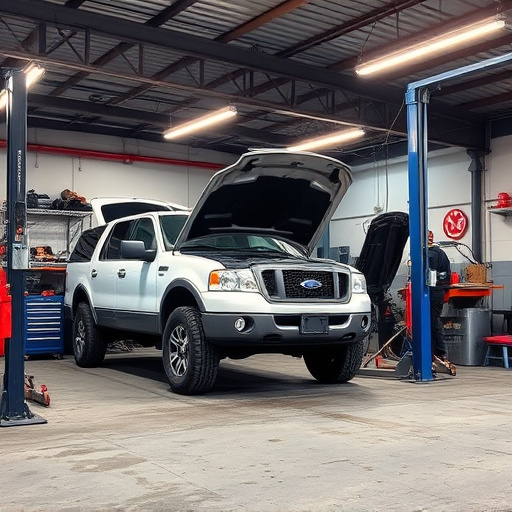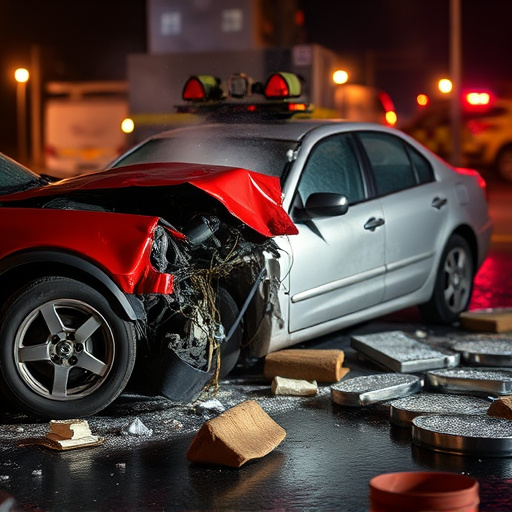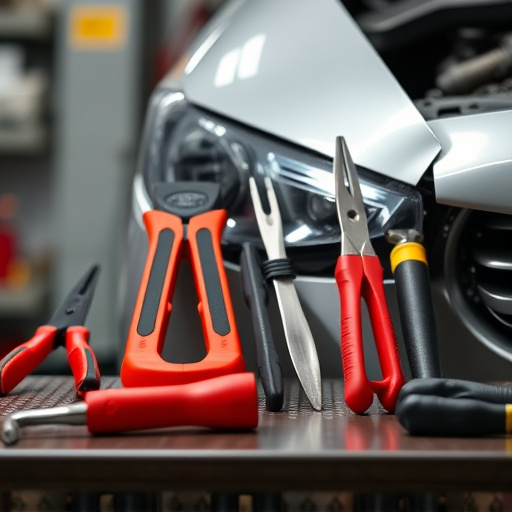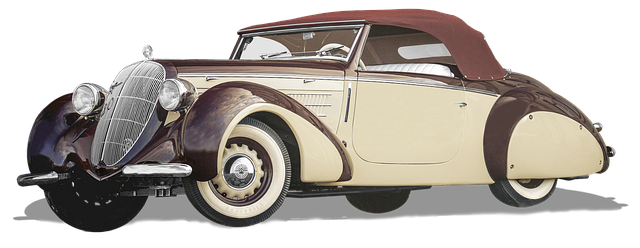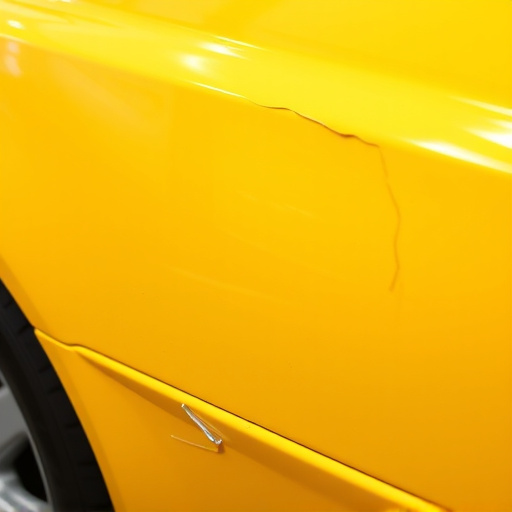Specialty collision hardware is vital for efficient, accurate vehicle repairs, offering tailored features for various damage scenarios. Adhering to best practices, including proper preparation, alignment, and maintenance, ensures high-quality restoration outcomes with these premium tools. Regular inspection and use of suitable automotive care products protect the integrity of collision repairs over time.
Maintaining vehicle repairs using specialty collision hardware is essential for ensuring longevity and safety. This article provides valuable tips on understanding the unique requirements of specialty collision hardware, best practices for efficient installation and securing repairs, and regular maintenance routines. By adhering to these guidelines, you can maximize the durability and performance of collision repairs, leveraging the specialized hardware designed to meet stringent automotive standards.
- Understanding Specialty Collision Hardware Requirements
- Best Practices for Installing and Securing Repairs
- Regular Maintenance: Ensuring Longevity of Collision Repairs
Understanding Specialty Collision Hardware Requirements

Specialty collision hardware is a crucial component in ensuring that car damage repairs are done correctly and efficiently. Understanding what makes up this hardware, its specific functions, and its importance in the repair process is essential. When it comes to minor incidents like fender benders or simple fender repairs, specialized hardware can make all the difference in restoring your vehicle to its pre-accident condition.
These hardware pieces are designed with unique features tailored to address various car damage scenarios, from body panel replacement to frame straightening. Knowing which tools and parts align with your repair needs is vital for achieving precise outcomes. By investing time in comprehending specialty collision hardware requirements, you empower yourself to make informed decisions during the car damage repair process, ultimately enhancing the quality of the final restoration.
Best Practices for Installing and Securing Repairs

When it comes to installing and securing repairs using specialty collision hardware, best practices should always be followed to ensure longevity and structural integrity. Begin by thoroughly cleaning and preparing the damaged area, removing any debris or contaminants that could affect adhesion. This step is crucial for a successful repair and the long-term durability of the fix.
Use the appropriate tools and techniques recommended by the manufacturer for installing specialty hardware. Proper alignment and secure fastening are key; utilize anchor points designed to bear weight and distribute stress evenly. For dent removal or car bodywork services, consider using specialized tools tailored for precise adjustments without causing further damage. Similarly, when applying car paint services over repairs, ensure the hardware is completely sealed and protected to prevent peeling or chipping.
Regular Maintenance: Ensuring Longevity of Collision Repairs
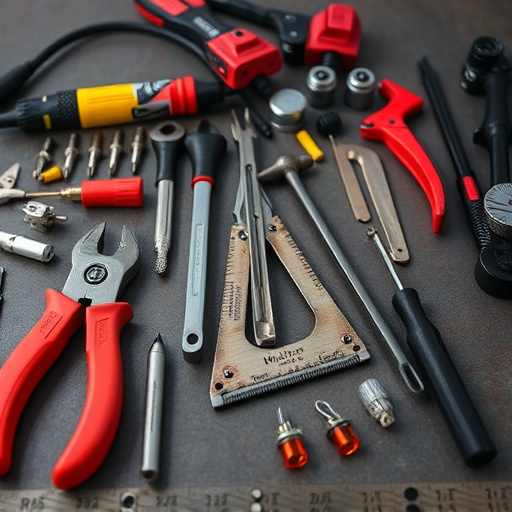
Regular maintenance is key to preserving the integrity and longevity of collision repairs, especially when utilizing specialty collision hardware designed for precision and durability. After a car dent removal or more extensive Mercedes Benz collision repair, it’s essential to implement a consistent care routine. This includes regularly inspecting all repaired areas for any signs of damage, corrosion, or loose components. Addressing these issues promptly prevents further complications and ensures the structural stability of the vehicle.
Additionally, using dedicated automotive care products suitable for the specific materials used in car body restoration can significantly extend the life of the repairs. The right sealants, coatings, and polishing compounds protect against environmental factors like UV radiation, extreme temperatures, and road salt, which can all contribute to the breakdown of both the repair itself and the surrounding painted surfaces. Regular maintenance not only keeps your vehicle looking its best but also safeguards the investment you’ve made in top-quality specialty collision hardware.
Maintaining repairs using specialty collision hardware is key to ensuring longevity and structural integrity. By understanding the specific requirements, adhering to best practices during installation, and implementing regular maintenance routines, you can significantly extend the lifespan of collision repairs. Specialty collision hardware plays a vital role in this process, offering tailored solutions for enhanced strength, durability, and safety. Incorporating these tips into your routine will help maintain high-quality standards and customer satisfaction.

